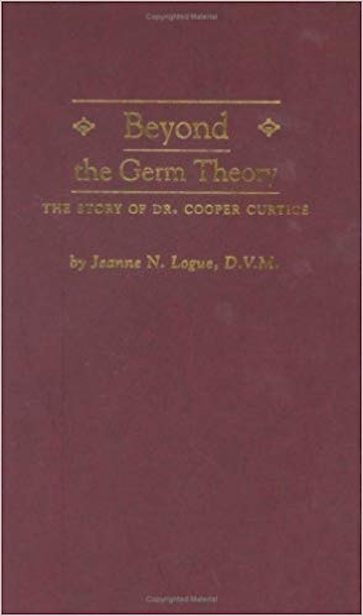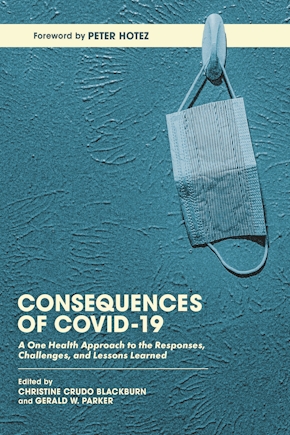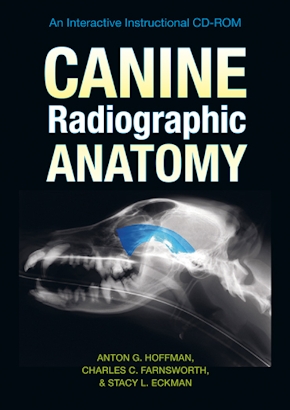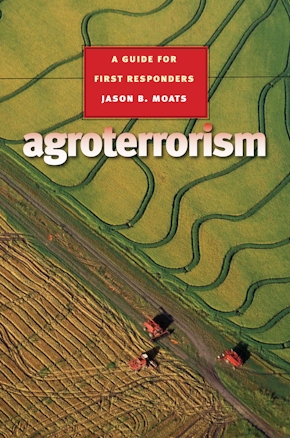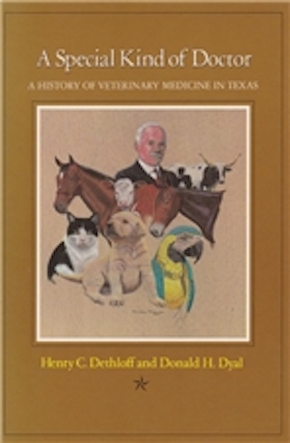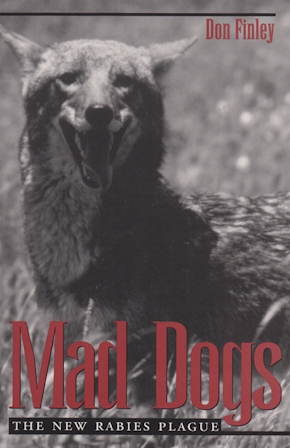Beyond the Germ Theory
The Story of Dr. Cooper Curtice
978-0-89096-673-0 Cloth
5.5 x 8.5 x 0 in
168 pp. 12 b&w photos.
Pub Date: 11/01/1995
Available
BUY NOW
- Cloth $33.95 s
About the Author
Published by Texas A&M University Press
